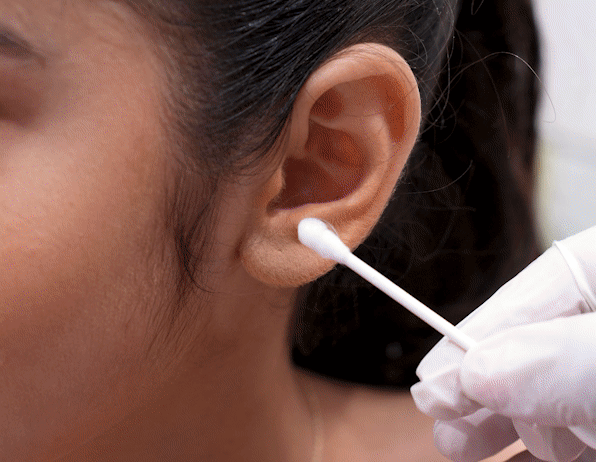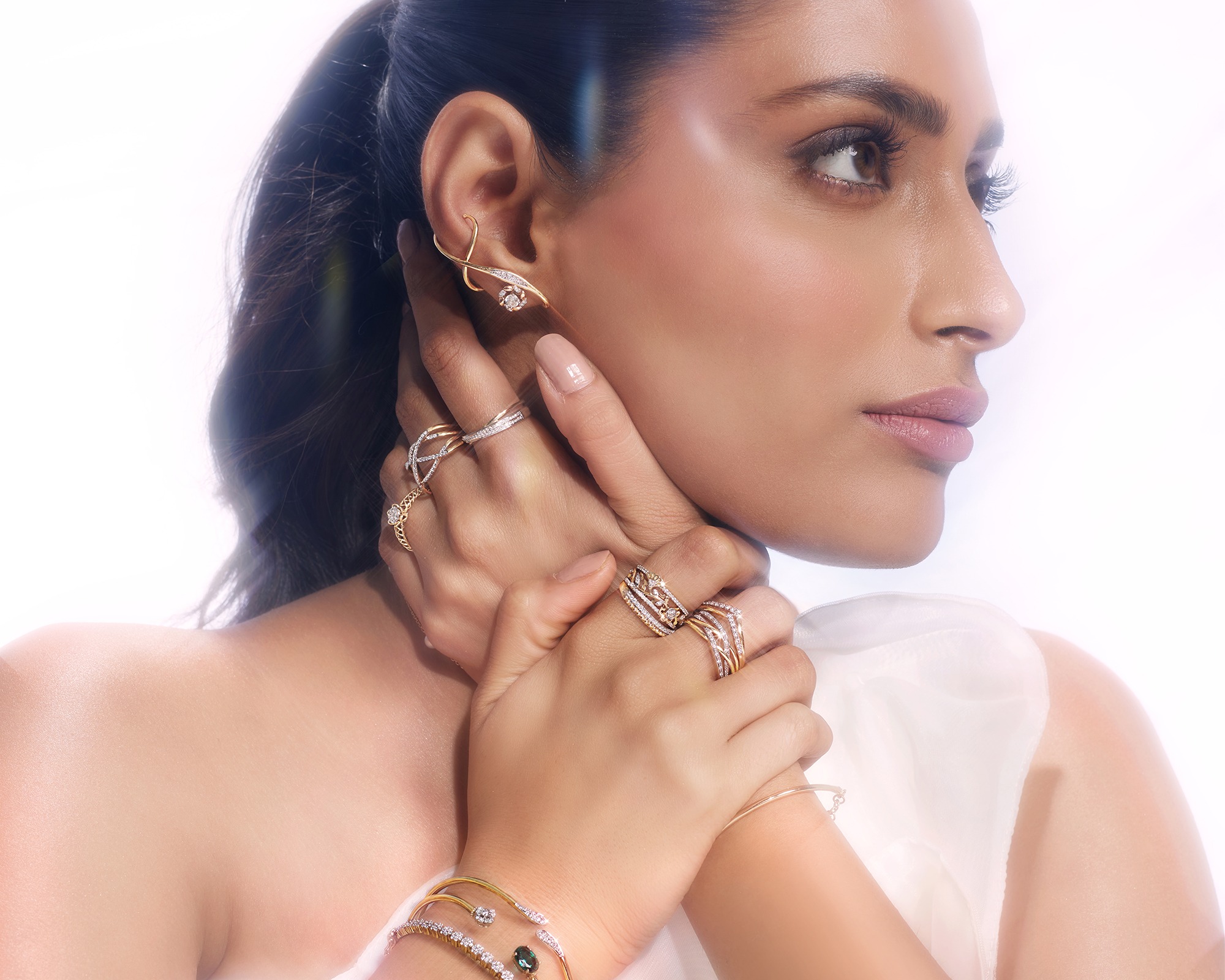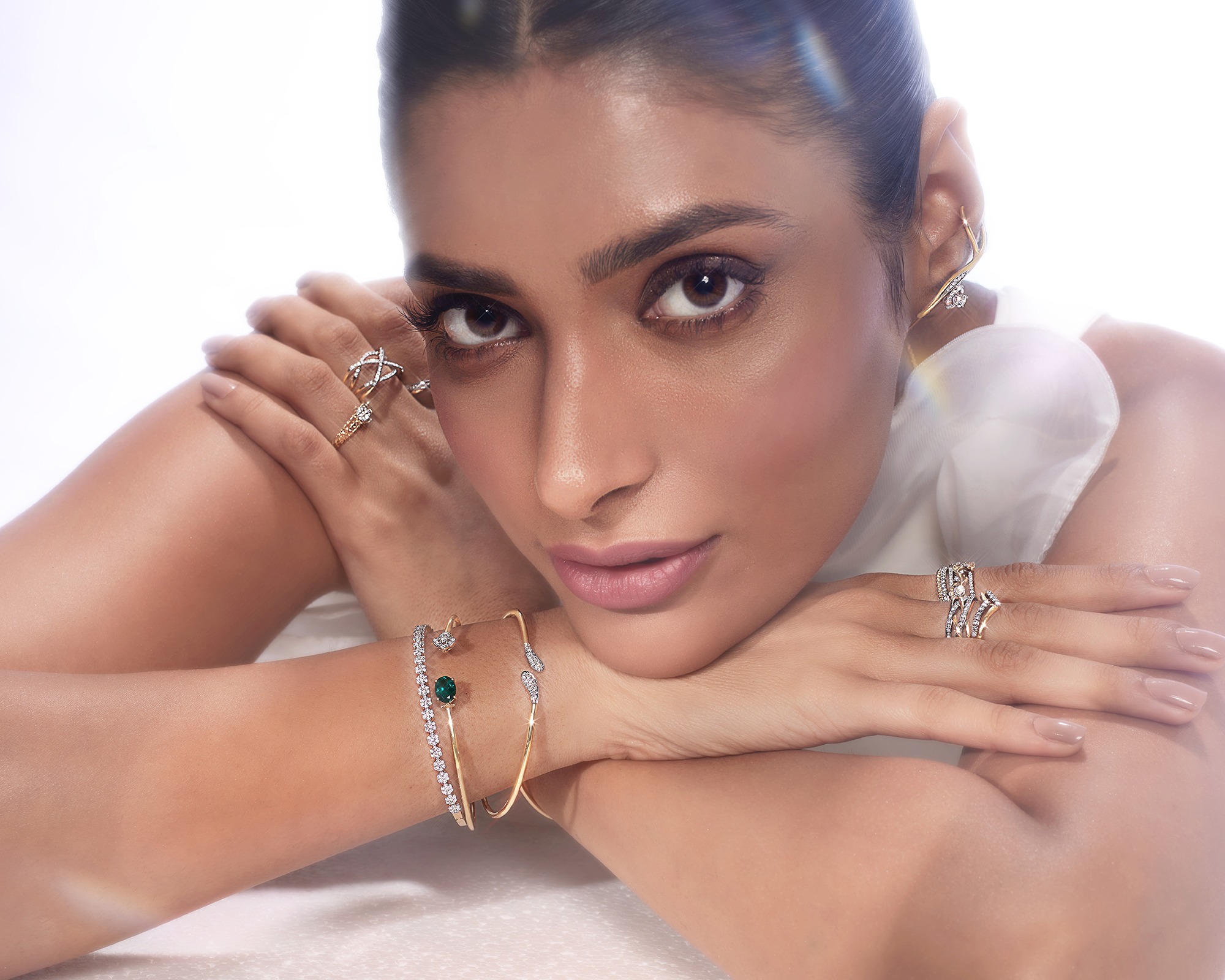When it comes to ear piercings, there’s a world of possibilities beyond the standard lobe piercings that many of us got at the mall as kids. Today, ear piercings can be a form of self-expression, a fashion statement, or even a way to enhance one’s facial features. If you’re considering getting an ear piercing but aren’t sure where to start, you’re in the right place. Let’s explore ten types of ear piercings that might just inspire your next (or first!) piece of body art.
10 Types of Ear Piercings to Consider
- Lobe Piercing
The classic lobe piercing is the most common ear piercing and is often the first piercing one might get. It’s simple, relatively painless due to the softness of the lobe, and heals quickly compared to cartilage piercings. You can opt for a single hole or multiple lobe piercings for a more decorated look. Children often get this piercing when they are around one or two years of age and start wearing something as simple as the Simply Love Kids’ Gold Earrings in 14kt yellow gold.
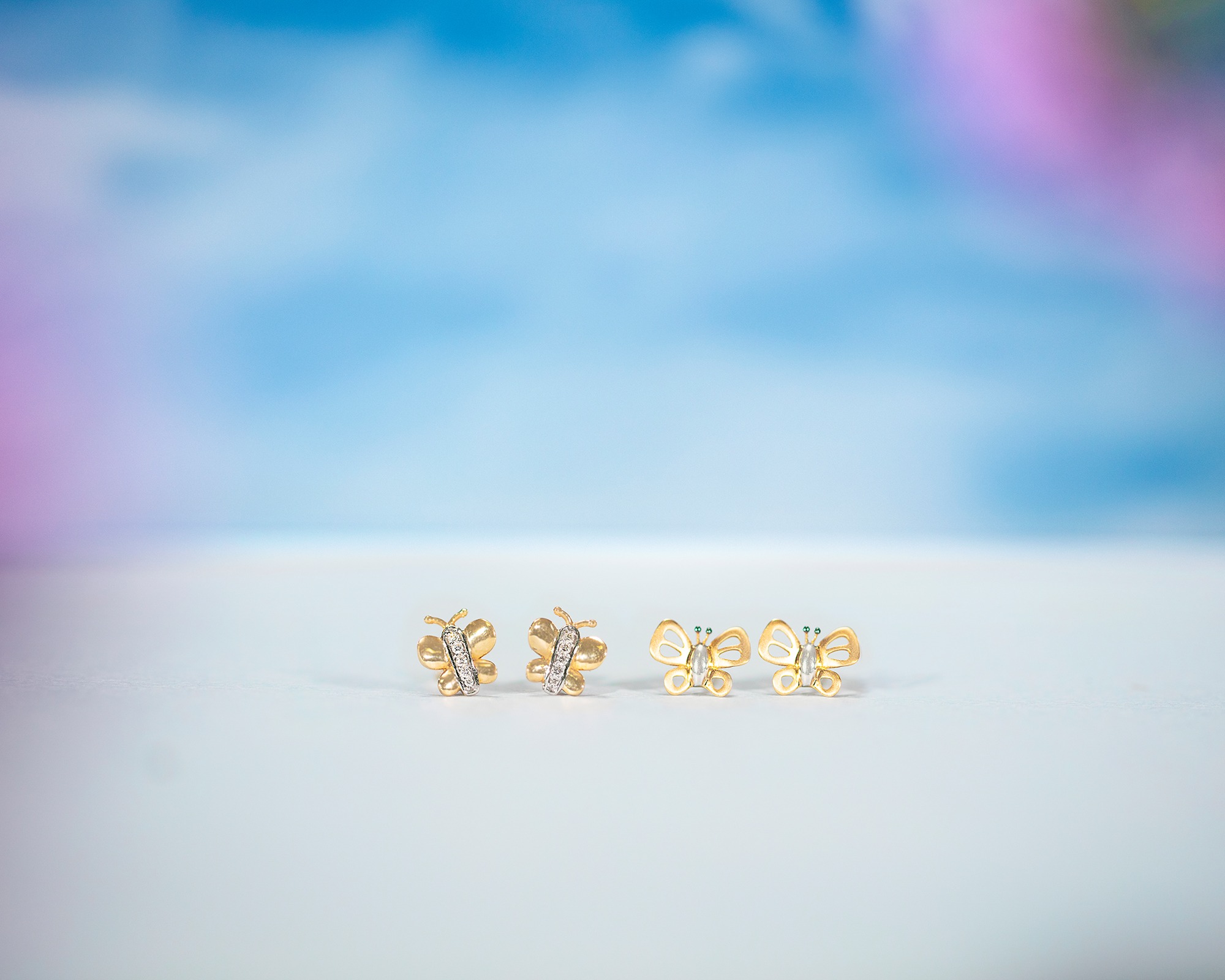
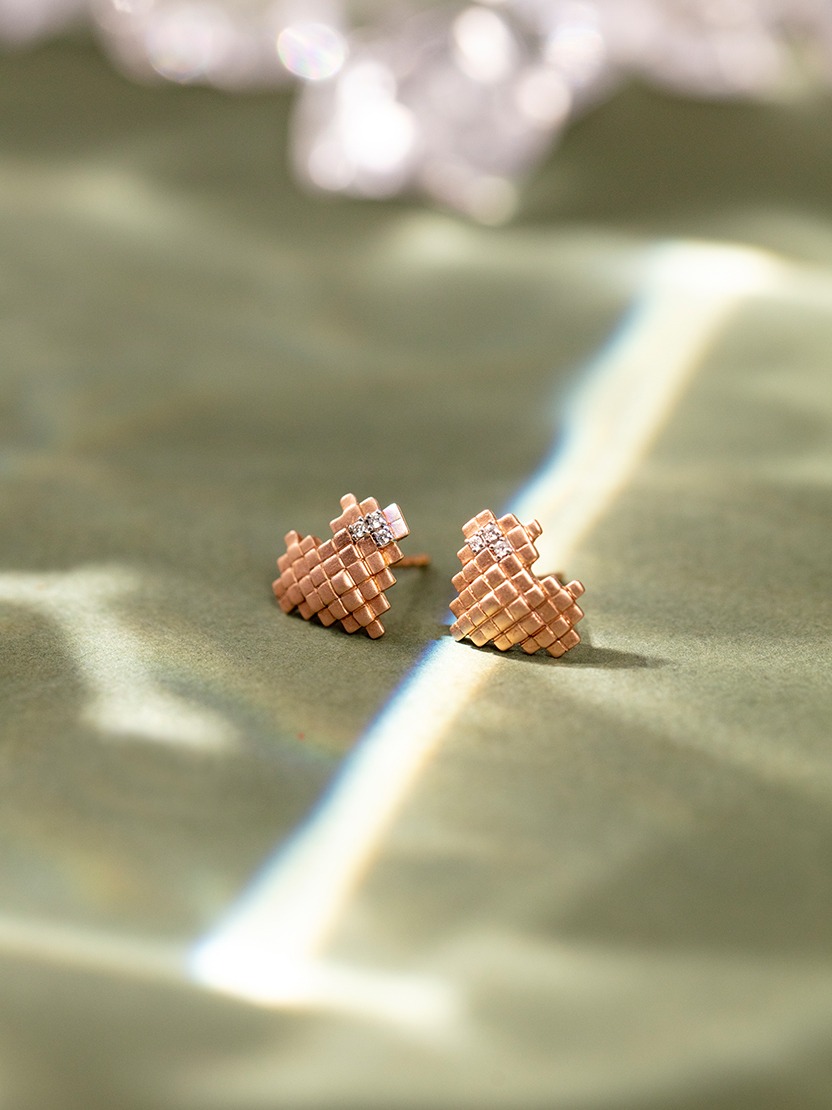
- Helix Piercing
Moving up from the lobe, the helix piercing is located along the upper outer rim of the ear cartilage. This spot offers a cool, edgy look and can be adorned with studs, like the Star Mesh Diamond Stud Earrings, or hoops, like the Sara Sleek Diamond Hoop Earrings.
- Forward Helix Piercing
The forward helix is on the ear’s outer rim, just above the tragus, where the ear meets the face. You can jazz up this area with multiple piercings, creating a line of jewels that trace the edge of your ear.
- Tragus Piercing
The tragus is that little nub of cartilage that sits over your ear canal. A tragus piercing can add a subtle yet unique accent to your ear, suitable for small studs or tiny hoops.
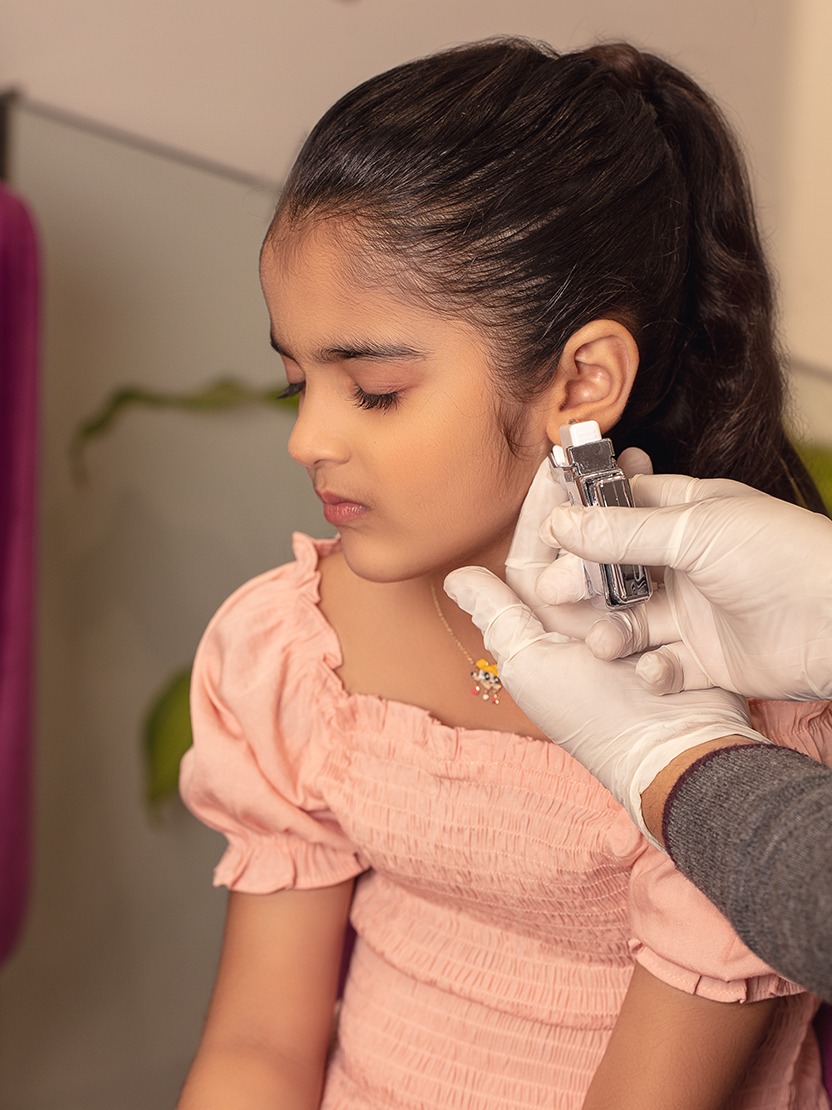
5. Anti-Tragus Piercing
Opposite the tragus, the anti-tragus is located on the inner ear cartilage. It’s a less common spot that can make quite the statement. This piercing suits small curved barbells or studs.
6. Conch Piercing
Named after the conch shell, this piercing goes through the large expanse of cartilage in the middle of the ear. A conch piercing can be inner or outer, perfect for a large hoop or a statement stud, like the Liza Solitaire Stud Earrings.
7. Daith Piercing
The daith is the small fold of cartilage just above the ear canal. Some people believe that daith piercings can alleviate migraines, although there’s no scientific evidence to support this claim. Regardless, it’s a cool location for a snug hoop that hugs the ear’s inner ridge.
8. Rook Piercing
The rook is the ridge of cartilage just above the daith, parallel to the ear’s outer rim.
This piercing can be a tad more painful due to the thickness of the cartilage, but it’s a unique placement that’s great for small curved barbells.
- Industrial Piercing
An industrial piercing consists of two holes connected by a single straight barbell, typically through the ear’s upper cartilage. This dramatic look is customizable with various barbell designs and is definitely a conversation starter.
- Snug Piercing
The snug is in the inner cartilage partway down the ear’s outer rim. This area can be quite thick, so it might be more painful to pierce and can take longer to heal. A snug piercing is best suited to small hoops or curved barbells.
Choosing the Right Piercing for You
When deciding on a piercing, consider your lifestyle, profession, and the amount of care you’re willing to commit to. For instance, if you’re an athlete or wear headphones often, you might want to avoid piercings that could get in the way, like industrial or tragus piercings.
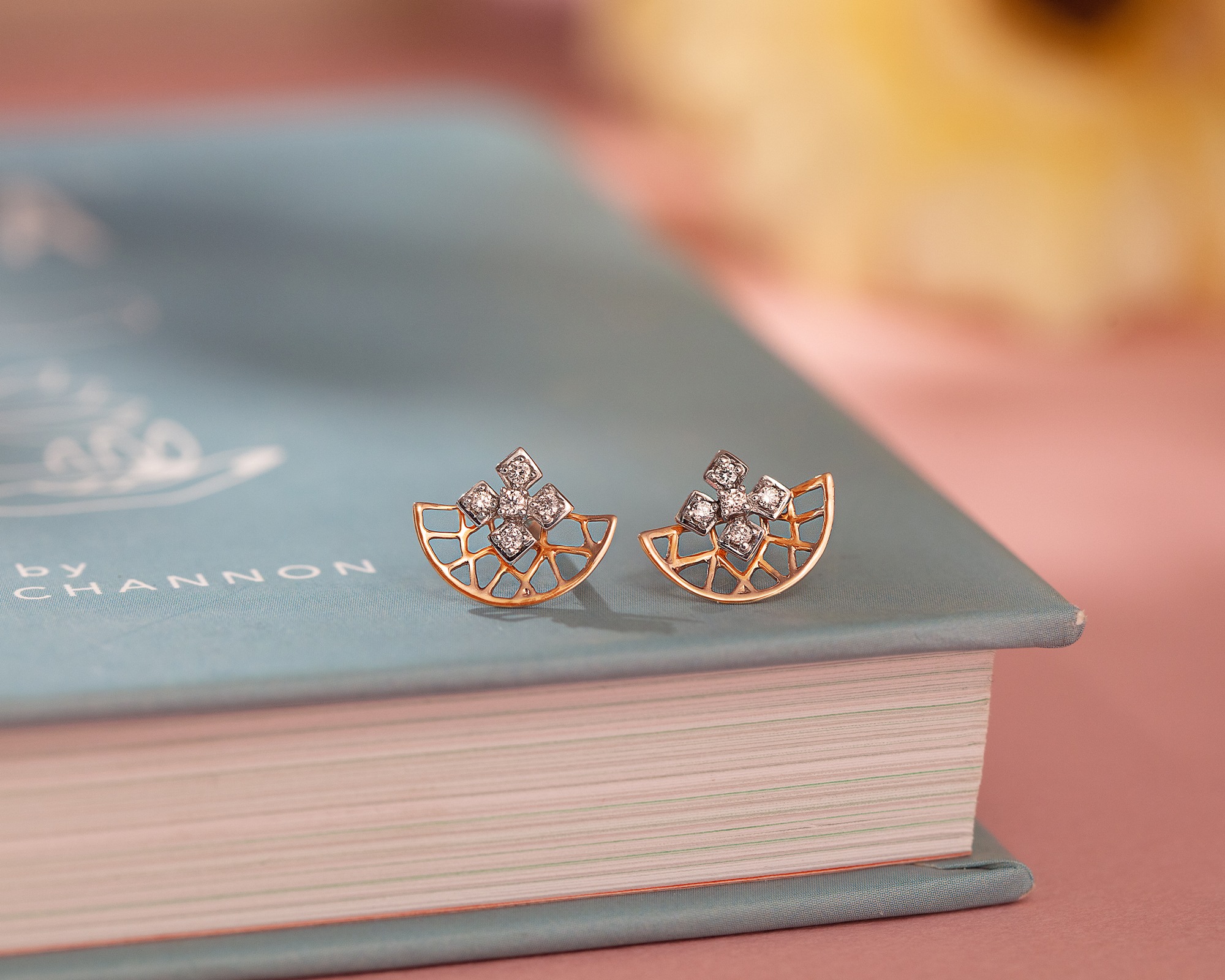
Aftercare and Healing
Proper aftercare is crucial, no matter which type of piercing you choose. Follow your piercer’s instructions, which will likely include cleaning the piercing with a saline solution and avoiding unnecessary touching or twisting of the jewellery.
Healing times can vary greatly, from a few weeks for lobe piercings to several months or even a year for cartilage piercings. Patience is key, and keeping up with your aftercare routine will ensure your new piercing heals beautifully.
Pain and Preparation
Pain tolerance is subjective, but lobe piercings are generally less painful than cartilage piercings. If you’re worried about the pain, talk to your piercer beforehand; they can help set your mind at ease.
It’s also essential to go to a reputable piercing studio. Look for a place with good reviews, proper sterilization practices, and experienced piercers. Be bold and ask questions!
Jewelry Choices
The type of jewellery you choose for your ear piercing can significantly affect the healing process and overall look. Initially, you’ll want to start with something made of hypoallergenic materials like 14k gold to avoid irritation. Earrings like the Gleaming Circlet Diamond Stud Earrings and Stellar Dainty Diamond Hoop Earrings would be excellent choices.
Once healed, the sky’s the limit in terms of jewellery styles. Dainty studs, elegant hoops, vibrant gemstones, or custom designs can express your style.
Ear piercings can be a fun and exciting way to change up your look and express your individuality. Whether you opt for a subtle single-lobe piercing or decide to deck out your entire ear with a creative constellation of cartilage piercings, there’s an option for everyone.
Remember, it’s important to consider the commitment involved with getting and caring for an ear piercing. But with the right preparation and aftercare, your new piercing can be an accessory you enjoy for many years. So go ahead, explore these ten piercing types, and find the perfect one for you. Better yet, seek expert advice from CaratLane and work with the professionals to use your ears as a canvas — it’s time to create your masterpiece!
Shop Other Jewellery Designs
Ear Piercing, Mogra Jewellery, Office Wear Jewellery, Light Weight Jewellery, Kanakapushyaragam Stone, Neelam Stone

